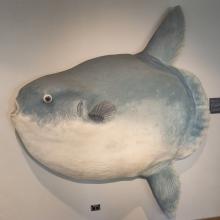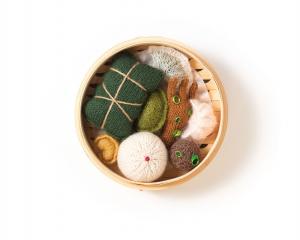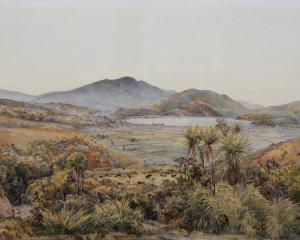
The sunfish cast mounted in the Otago Museum foyer stares in googly-eyed surprise at schools of fidgeting children as they assemble beneath it, waiting to meet their museum educator.
This is a permanent expression for adult sunfish, even when they’re alive.
Their lips don’t close completely and they swim with their mouths agape.
Their teeth are fused and form a parrot-like beak, and they feed by sucking in jellyfish, salps or small fish, closing their lower jaws to seal the vacuum.
Sunfish are the largest bony fish in the world. In life, the museum’s sunfish reputedly weighed 450kg.
Its close relative, the common mola, can reach weights over 2300kg!
Although it looks like a big fleshy fish, sunfish anatomy is quite compact, with less muscle than its size and weight suggest.
Below the skin is a thick white rubber-like layer of collagen and two large portions of white muscle lined with ligaments that control the movement of the dorsal and anal fins.
The sunfish beats its strong fins with wing-like movements to propel itself through the water.
Sunfish are often seen calmly floating or gently cruising around reefs, but are capable of fast, efficient long-distance swimming.
The shading and patterns of sunfish skin vary, with researchers recently using such differences to identify specific individuals.
Generally, their patterning is counter-shaded with a light belly and darker back coloured blue, grey, silver or white.
The markings may be even or mottled, and the skin surface is rough like sandpaper.
At one time, bizarrely flat ocean sunfish were sought after as icons for natural history collections, and Otago Museum was no exception.
In the late 1950s and 1960s, staff preparator and taxidermist Patrick O’Brien led the charge, creating vertebrate specimen displays for a new Hall of Marine Life, a gallery development affectionately referred to as "the Fish Gallery" by visitors who remember it.
It took eight years to complete the gallery, with over 2000 new specimens of marine vertebrates and invertebrates collected and prepared.
O’Brien and his helpers cast freshly caught specimens of fish, including sharks and rays, from the Otago and Southland coasts.
Their technique was cutting-edge at the time; prior to this, models were often made of wax or papier maché.
The team created a mould from plaster, and cast the fish replica with fibreglass and thin coats of plastic to preserve the realistic textures.
To prevent the eyes of fresh specimens from sinking in, the team injected them with liquid hot Vaseline.
When it cooled, the Vaseline helped the eyeball retain its shape during moulding.
In early 1960, a large sunfish was caught in the harbour and hauled ashore on to the deck of the Otago Rowing Club.
It was too big to transport to the museum, so O’Brien rolled up his sleeves and took a mould of the fish where it lay.
Once the plaster mould was complete, it was brought back to the museum to cast the fibreglass and plastic resins.
It took O’Brien a little over a month to complete the sunfish cast.
A second smaller juvenile sunfish collected near Kaka Point in the Catlins was cast in 1963; it is currently off display.
Scientists have discovered that Southern Ocean sunfish are not restricted to the southern hemisphere, as previously thought.
The museum receives one or two reports of sunfish along the Otago coast each year and is interested in recording when and where they occur.
If you see a sunfish, let us know.
- Emma Burns is curator, natural science at Otago Museum.











